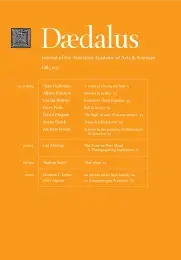The logic of non-Western science: mathematical discoveries in medieval India
One of the most significant things one learns from the study of the exact sciences as practiced in a number of ancient and medieval societies is that, while science has always traveled from one culture to another, each culture before the modern period approached the sciences it received in its own unique way and transformed them into forms compatible with its own modes of thought. Science is a product of culture; it is not a single, unified entity. Therefore, a historian of premodern scientific texts–whether they be written in Akkadian, Arabic, Chinese, Egyptian, Greek, Hebrew, Latin, Persian, Sanskrit, or any other linguistic bearer of a distinct culture–must avoid the temptation to conceive of these sciences as more or less clumsy attempts to express modern scientific ideas. They must be understood and appreciated as what their practitioners believed them to be. The historian is interested in the truthfulness of his own understanding of the various sciences, not in the truth or falsehood of the science itself.
In order to illustrate the individuality of the sciences as practiced in the older non-Western societies, and their differences from early modern Western science (for contemporary science is, in general, interested in explaining quite different phenomena than those that attracted the attention of earlier scientists), I propose to describe briefly some of the characteristics of the medieval Indian sastra of jyotiṣa. This discipline concerned matters included in such Western areas of inquiry as astronomy, mathematics, divination, and astrology. In fact, the jyotisis, the Indian experts in jyotisa, produced more literature in these areas–and made more mathematical discoveries–than scholars in any other culture prior to the advent of printing. In order to explain how they managed to make such discoveries–and why their discoveries remain largely unknown–I will also need to describe briefly the general social and economic position of the jyotisis. . . .
